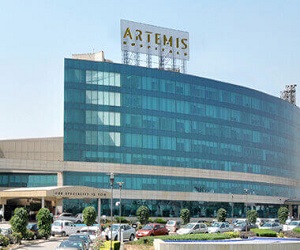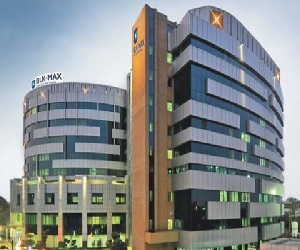LASIK surgery is a type of refractive eye surgery designed to correct common vision problems such as nearsightedness, farsightedness, presbyopia, and astigmatism. Eye surgeons utilize laser technology in this procedure to reduce dependence on visual aids such as glasses or contact lenses.
Additionally, LASIK serves as an umbrella term encompassing various eye surgeries performed by surgeons to address refractive errors. Refractive errors pertain to the way an individual’s eye focuses on light.
Benefits of Lasik surgery
There are various types of laser eye surgery available, with LASIK (Laser In Situ Keratomileusis) being the most prevalent. Known for its exceptional accuracy, LASIK is widely regarded as a safe procedure with minimal risk of major complications.
Steps in Lasik surgery
- Before The Surgery
Prior to undergoing LASIK surgery, patients typically visit an ophthalmologist for a series of comprehensive eye examinations to assess their suitability for the procedure. The ophthalmologist may advise patients who wear contact lenses to discontinue use and switch to glasses for several days before the initial assessments.
Also, past and current eye and medical conditions are taken into account to understand the history of the patient.
- During The Surgery
During a typical LASIK procedure, lasting around half an hour for both eyes, a sophisticated laser system is employed. This system consists of a microscope connected to a substantial device, alongside a computer screen for precise control and monitoring throughout the process.
Once the patient assumes the designated position, the healthcare provider proceeds to administer eye drops to numb the area and meticulously cleanse the surroundings of the eyes. This preparatory step ensures optimal conditions for the LASIK procedure to follow.
To maintain the eyelids wide open during the procedure, the surgeon delicately positions a lid speculum. Prior to creating the flap, a suction device is carefully applied to the eyes to ensure stability and precision throughout this crucial stage of the LASIK surgery.
Throughout this phase, patients may experience a sensation of pressure, and their vision might momentarily darken. The microkeratome, a pivotal instrument, is utilized to fashion a corneal flap, which is subsequently repositioned as part of the LASIK procedure.
The laser device is carefully positioned over the eyes for approximately 60 seconds. Once the laser has effectively ablated the desired amount of corneal tissue, the flap is meticulously repositioned to its original state. For bilateral LASIK surgery, the process is then repeated for the second eye, ensuring thorough treatment and symmetry.
Complications Of Lasik Surgery
- Temporary discomfort
- mild irritation
- light sensitivity
- starburst at low light
- Halo or hazy vision
Effectiveness Of Laser Eye Surgery
The success rate of LASIK surgery is remarkably high, with only a small fraction of patients, typically one or two out of ten, requiring an additional enhancement surgical procedure. This underscores the effectiveness and reliability of LASIK as a corrective eye surgery option.
Lasik Eye Surgery cost in India are as follow
| Treatment | Cost in USD | Hospital Stay |
| Lasik Eye Surgery | 450-550 | 1 Day |
| Eyelid Surgery | 1100-1300 | 7-8 Days |
| Glaucoma Treatment | 450-550 | 30-50 Days |
| Laser Eye Surgery | 600-700 | 1-2 Days |











